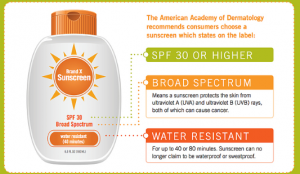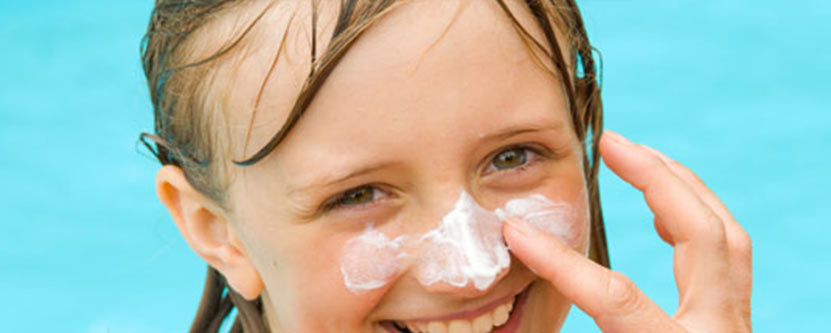Everyone says that sunshine is good for the children as it is a source for Vitamin D in the body, then why bother
[the_ad id=”6083″]
about the sun exposure? Yes, its true that sunlight helps to improve vitamin D levels in the body and Vitamin D is essential for our children’s growing bones; however for optimal Vitamin D supply the recommendations are sunlight about 15 minutes per day thrice a week.
How can sunlight be harmful?
The harmful effects of the sunlight are due to the ultraviolet rays(UV rays) which the sun rays carry. UV Rays are of two major types:
- UVA: Sun rays which burn
- UVB: Sun rays which tan
Both damage the skin, at the same time excessive exposure to the sun’s ultraviolet radiations can do more harm than good for your baby’s delicate skin.
- An intense sun exposure may lead to a sunburn even in a short time. Your child’s skin will look red, warm and would be painful if it is minor. In sever cases there may be painful blisters
- Baby’s temperature regulation is immature and excessive exposure in the sun can cause cramps, heat exhaustion, heat stroke, and fever
- UV Radiation in particular penetrates deeper and can aggravate photo-dermatoses, allergies and rashes in the baby
- UV Rays cause skin to age prematurely and pose a significant risk for skin cancers in the long term
PREVENTION is the best bet
- AVOID GOING OUT IN THE SUN BETWEEN 10 AM-4 PM as much as possible. Even in winter or rains, sun protection rules still apply because UV rays penetrate clouds as well and are reflected off sand, concrete too.
- If you need to take your child out in the sun,use a wide brimmed hat, an umbrella or sunglasses.
- Your baby should be wearing clothes that cover the exposed body parts i.e. long sleeved
- Clothes should have a tight weave (you shouldn’t be able to see easily through it).
- Strollers /prams should have retractable sun cover.
- Your car window screens should have a UV guard too.
- Try to be in the shade as much as possible.
What about sunscreens, are they safe for my child?
ONLY AFTER 6 MONTHS OF AGE
Your baby’s skin is sensitive and can easily absorb too many chemicals, so avoid sunscreens before the baby is 6 months of age.
- Use clothing plus shade as the primary method of protection.
- Provide additional protection by keeping her out of the sun as much as possible: take walks before 10 a.m. or after 4 p.m., when UVB rays aren’t as intense.
- Use a stroller canopy.
- Dress your baby in lightweight clothing that covers arms and legs.
- Choose a wide-brimmed hat or bonnet that covers the face, ears, and neck.
Which sunscreen should i use in my child? I am confused !
You need not be. We will simplify it for you.

PHYSICAL(Barrier/Inorganic) sunscreens:
- Reflect or scatter the sun rays
- Protect against UVA & UVB
- Does not get absorbed into your baby’s skin
- Common ingredients are Zinc oxide and Titanium oxide
- They start acting immediately after application
CHEMICAL(Organic) sunscreens:
- Absorb UV rays
- Common ingredients are Avabenzone/Oxybenzone
- Have to be applied at least 15-30 minutes before going in the sun
- Long term effects are still unknown
How much to Apply:
Approximately 3 ml, just a bit more than half a teaspoon for each arm/leg/chest/back/face /neck
Source:

